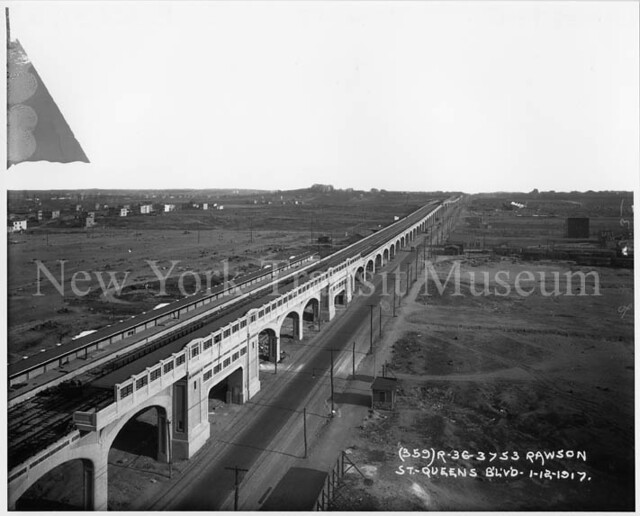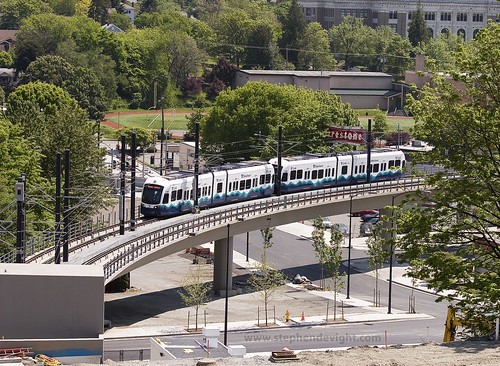Lurker
Senior Member
- Joined
- Jun 13, 2006
- Messages
- 2,362
- Reaction score
- 0
Well ideally for space the tracks would stack vertically with inbound and outbound on the same side but with an offset in section. Though this would require significant inclines approaching and departing stations. This configuration would share the same number of elevators and stairs as a central platform, but with station footprint width exchanged for height.








